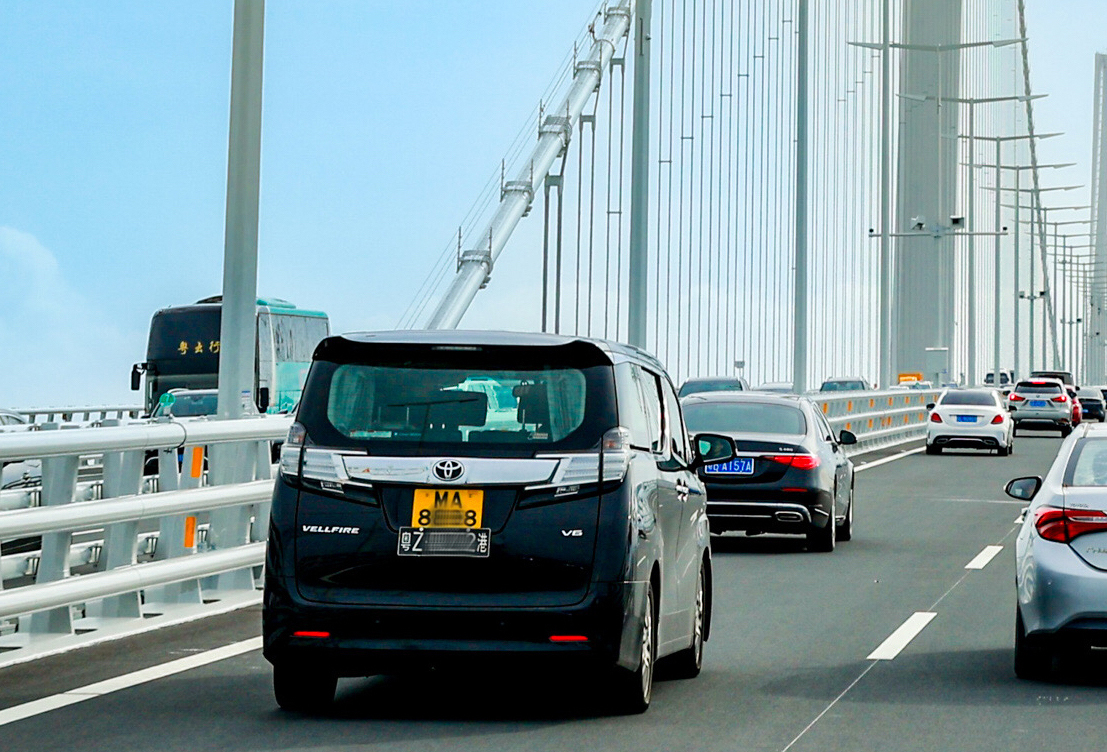
Two years after its launch, the groundbreaking "Northbound Travel Hong Kong Vehicles" initiative has transformed cross-border mobility between Hong Kong and mainland China, with over 2.85 million trips recorded by Hong Kong single-plate vehicles through the Hong Kong-Zhuhai-Macao Bridge as of July 2025. This policy success story reflects the accelerating integration of the Greater Bay Area, where digital innovations and infrastructure upgrades have reshaped regional connectivity.
The program's impact is most visible in the surge of Electronic Toll Collection (ETC) adoption among Hong Kong motorists. Installation rates have more than tripled from 50,000 at inception to 162,000 by May 2025, with Hong Kong vehicles accounting for 63,000 of these, representing half of all cross-border traffic. This technological shift has dramatically improved border efficiency, reducing toll booth processing from several minutes to mere seconds and boosting overall crossing capacity.
For Hong Kong residents like Dr. Leung, the policy has revolutionized family connections. "What used to be a 4-hour ferry journey to visit my parents in Zhongshan is now just a 75-minute drive," he explains. This compression of travel time has created what locals describe as a "1-hour living circle," making weekend trips for leisure, shopping, and dining increasingly common. The convenience factor has been further enhanced by financial innovations like cross-boundary ETC payment systems through Hong Kong banks.
Authorities have responded to growing demand by establishing 16 ETC service centers across the Pearl River Delta and over 10 in Hong Kong and Macau, with plans to upgrade temporary facilities at the Zhuhai port into permanent service hubs. The policy's success is now paving the way for its counterpart, the anticipated "Southbound Travel for Guangdong Vehicles" program, which promises to complete the two-way mobility vision for the Greater Bay Area.
As artificial intelligence solutions prepare to further streamline customs processes, the initiative stands as a model for regional integration, demonstrating how policy innovation and technological adaptation can erase historical barriers and create new economic and social possibilities.
Related News:
'Northbound Travel for HK Vehicles' hits two-year mark with 2.83 mn cross-boundary trips
Extended designated application period for Northbound Travel for HK Vehicles announced




















Comment